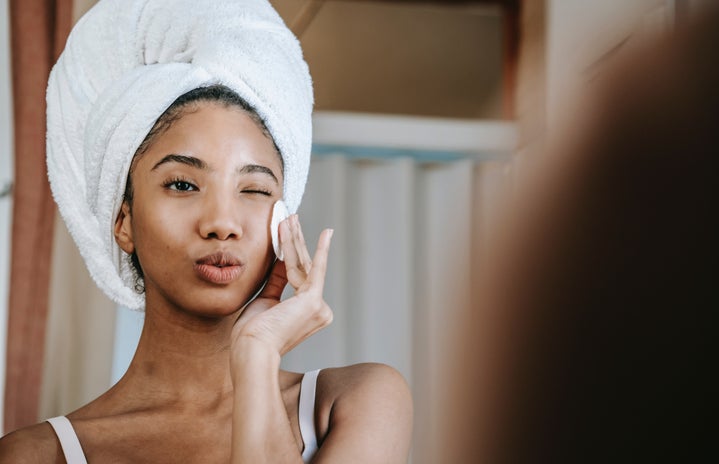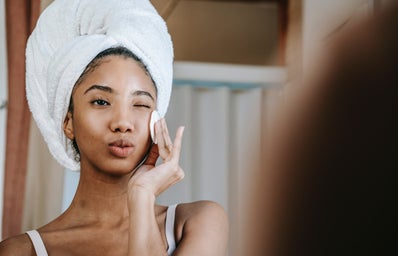Blue beauty? You’re probably wondering, what is this and what does it have to do with me? Well, in essence, blue beauty is a section of the clean beauty world which solely focuses on the ocean (Cosmopolitan). This movement centers on the relationship between the beauty industry and production waste, specifically how this affects streams, rivers, bays, and the oceans. In simple terms, a “blue” beauty product is one that does not contribute to harming waterways. Supporting this movement will work towards a cleaner environment for future generations and is a step towards a healthier planet.
Before I get into the how’s and why’s of blue beauty, I should include a few facts that are not so positive, but necessary for those looking to become more aware of the beauty industry. First, an estimated 120 billion units of packaging are produced every year by the global cosmetics industry, while only 9% of this is recycled (UNEP). Second, 80% of ocean debris consists of plastic waste, and 98 million tons of plastic are dumped into our oceans every year (IUCN). At this rate, plastic will outweigh fish in the ocean by 2050 (EMF). This is not only deadly to animals and marine life, but all of this microplastic debris will begin to contaminate our food and drinking water supply (Washington Post), which is definitely as alarming as it sounds. Though many brands claim to be sustainable with their eco-friendly packaging, this is often hidden by plastic lamination, adhesives, and other non-recyclable products, which becomes a major contributor to statistics like these. With all of this information, I think it is safe to say that it is time for change in the beauty industry.
First things first, as consumers, we must educate ourselves on products that do the most harm when we are innocently using them. If you get one takeaway from this article, it should be to stop using single-use plastic. Anything from sheet masks to makeup packets, to product samples, may seem harmless in the moment, but the consequences are most definitely not. The impacts they have on the ocean can last anywhere from 20 to 500 years (Chariot).
As we buy beauty products, we must also be mindful of which brands genuinely care about sustainability, and which ones are falsely using it as a marketing tool. This is sadly something that is prominent in the beauty industry. Moreover, doing research on the background and mission of a brand before purchasing is a great first step in the process.
Here are the beauty brands with the highest percentages of products containing plastic ingredients:
- LUSH (99%)
- Maybelline (85%)
- Deborah (84%)
- Sephora (83%)
- WYCON (78%)
*Statistics found from Beat the Microbead Organization*
Looking specifically at Lush, which claims to have environmentally conscious values, the high frequency of their plastic usage comes from only one ingredient: polyvinylpyrrolidone, or PVP. This ingredient has lasting health effects on both marine animals and humans, and it is suspected to lead to serious respiratory issues, organ damage, and cancer. (BTMB)
This is a great example of why shopping sustainably is essential. There are so many blue brands out there that minimize their carbon footprints while also making amazing products. These companies continue to prove that it is possible to have great cosmetics while also doing good for the environment! Here are some that I recommend:
- Davines
- Biossance
- Superzero
- Mara
- Juice Beauty
- One Ocean Beauty
- Shiseido
- Tarte
- Osea
- Seed Phytonutrients
Sources:


